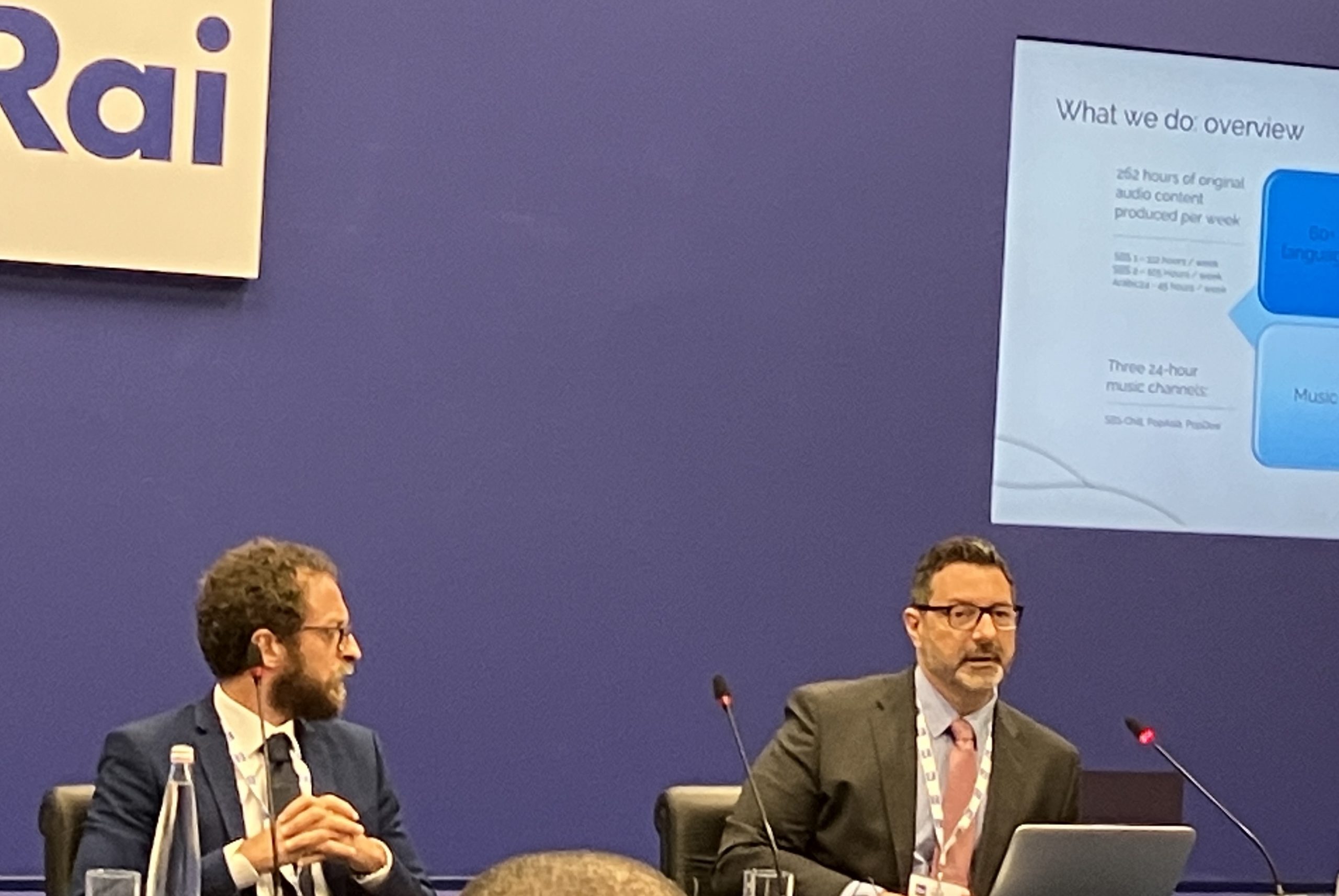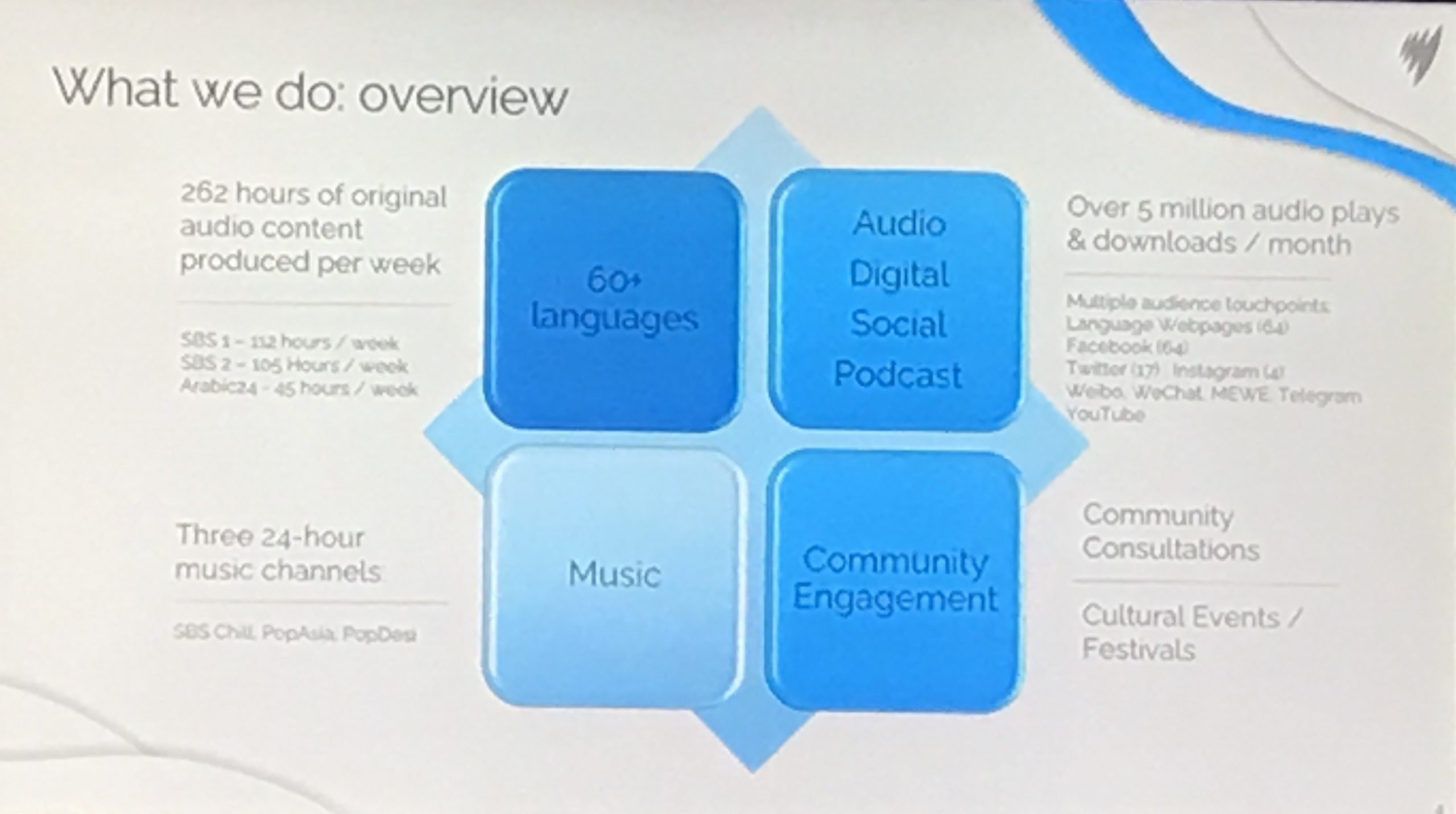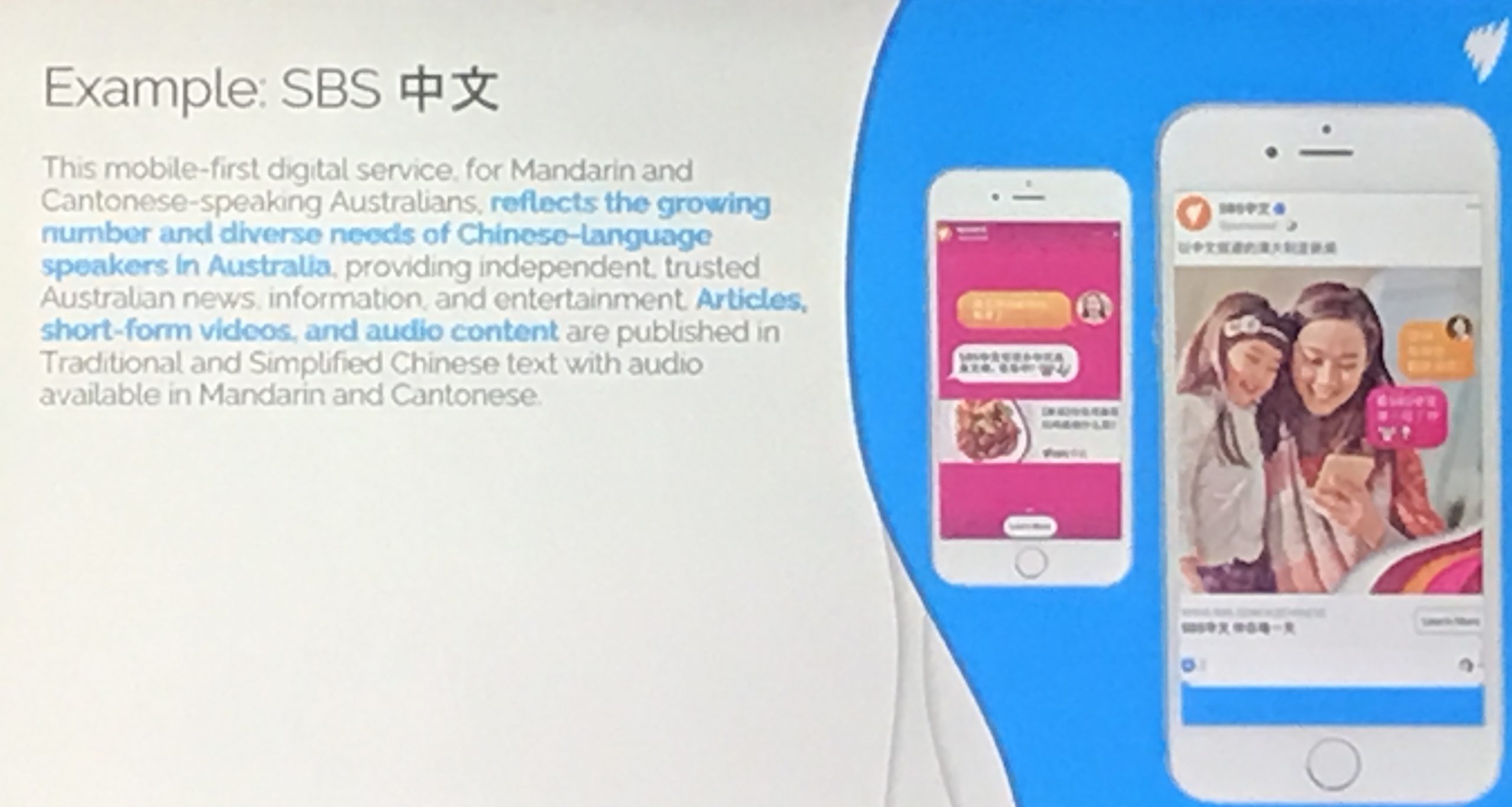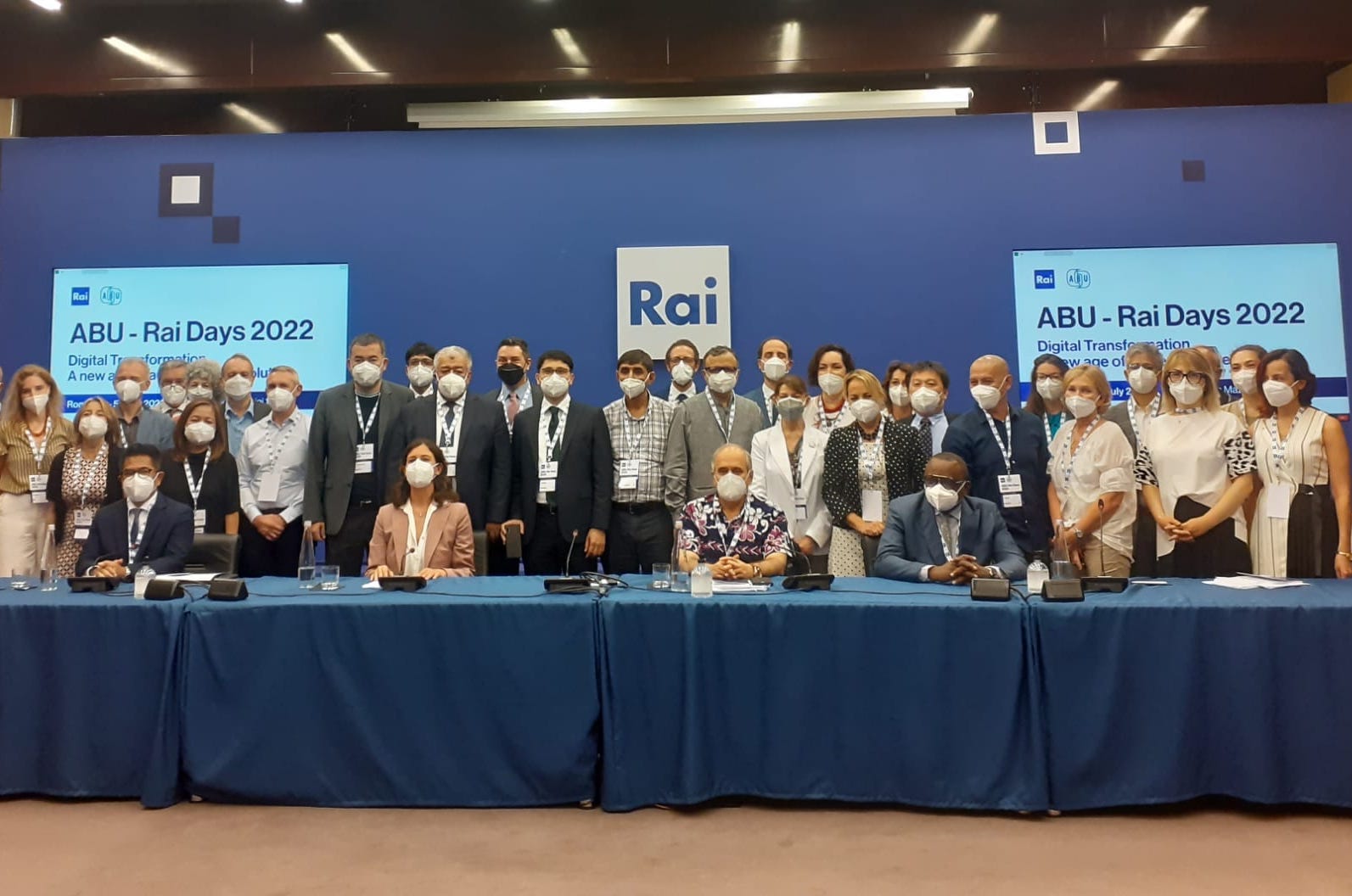On day two of the ABU-Rai Days Conference, Steve Ahern, Head of the ABU Media Academy, gave an overview of the challenges to transformation in the Asia Pacific region.
Steve began by highlighting the positive changes the pandemic brought: speedier digitisation, smarter work practices and newer delivery methods.
However he acknowledged the purpose of the session was to highlight the challenges in such a varied region. Internal challenges included:
- Lack of money, most Asian PSB take advertising
- Unreliable electric power and internet unreliability, difficult for remote studios during pandemic
- Transmission issues – sand, water, jamming, disasters
- Old studios, new ways of production not yet achieved
- Organisational approach to change – structures
- Regulatory restrictions – NHK forbidden to be online
- Staff mindset, unions, outdated promotion practices
- Outdated training styles – didactic not point of need
While the external challenges for the region included:
- Internet and phone access/expense
- Not understanding audience attitudes – no longer trust, don’t want adversarial bad news, news I can use rather than news I should have
- Different generational habits and expectations
- Cyber attacks
- Misinformation/Disinformation
- Advertising agency reprioritisation to digital platforms
- Internationalisation of content, less protection of culture
- Increased competition: Podcasting and VOD
- Unlike Europe there is no region wide uniting body so regulation and trade require bilateral relationships
Steve used two polar examples to illustrate some of these changes. The first China, where recent research by McKinsey showed that Chinese youth, due to the current financial boom had lots of money, were spending not saving but creating a demand for luxuries, including travel and media on demand. The report found that Chinese youth want:
- Spontaneity
- Personalisation
- Ease of use
- Connectivity
- Sustainability
- Brand power
- Privacy (without giving up the other benefits)
The study concluded that, “In just three more years Gen z will make up a quarter of the Asia-Pacific region’s population. By 2030, half of all transactions in the world will take place in Asia.”
The second example was Afghanistan, where the face of broadcasting has changed recently as follows:
- Many stations closed or reformatted
- Entertainment and music programming more restricted
- Intimidation and killings of journalists
- Staff and Boards replaced, controlled
- Fewer women on air and on screens
- Advertisers cannot pay their bills (including government)

In another session, Davide Schiappapietra, the Head of Language Content at SBS Australia, discussed ‘creating vibrant digital communities.’
He said: “Public broadcaster SBS in Australia is about promoting social cohesion, how we identify with new communities through connecting on similar interests.”

We are now using Augmented Reality to tell stories of people we’re talking too, convert their content to podcast feeds, music channels, feedback gathered regularly, he said.
“We are reaching out on socials and still trying to understand TikTok…
“What matters is the content this can then be on different platforms… we are platform agnostic… Shaping content on where the audience is i.e. WeeChat.”


